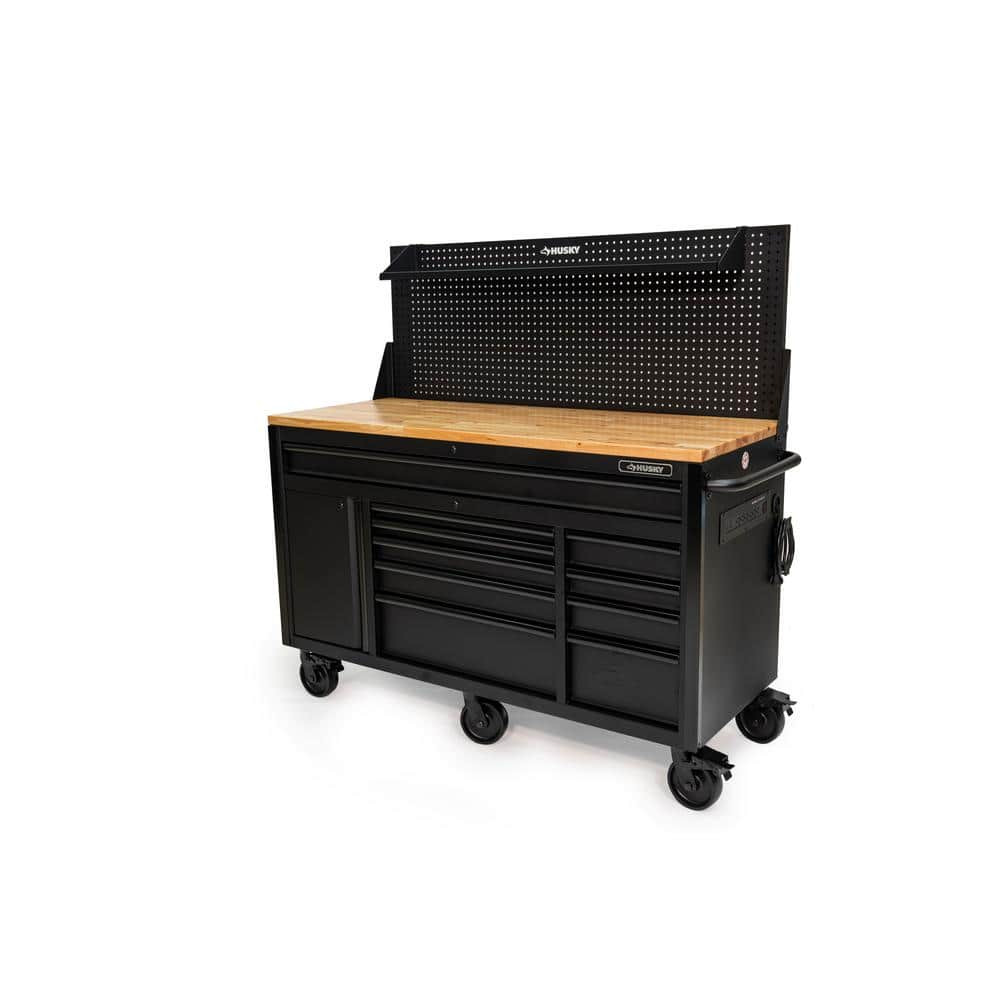White Haus
Not a Newbie
Just wondering how you guys keep your collets/bits/tools/knives etc organized for your CNC/flatbed cutters?
Our workbench is a mess and it's impossible to keep track of what bits/collets/settings to use with even common materials.
We're using a Summa F1612 and GoProduce so at least I can store media settings in there, but having a hard time coming up with a system to keep physical parts organized. Also how to handle extra/backup router bits, blades etc.
Leaning towards having a primary drawer with some kind of kaizen design with slots for each collet/common bit with labeling to include size/brand/series and "use for this material" etc, then having a secondary drawer for all the other random crap.
Then having a nice big chart above the monitor with material / bit / etc. settings for most common materials. (Mostly 3mm/6mm pcv, 3mm ibond, 3mm acrylic)
Any tips/pictures/examples that have worked well for you?
Our workbench is a mess and it's impossible to keep track of what bits/collets/settings to use with even common materials.
We're using a Summa F1612 and GoProduce so at least I can store media settings in there, but having a hard time coming up with a system to keep physical parts organized. Also how to handle extra/backup router bits, blades etc.
Leaning towards having a primary drawer with some kind of kaizen design with slots for each collet/common bit with labeling to include size/brand/series and "use for this material" etc, then having a secondary drawer for all the other random crap.
Then having a nice big chart above the monitor with material / bit / etc. settings for most common materials. (Mostly 3mm/6mm pcv, 3mm ibond, 3mm acrylic)
Any tips/pictures/examples that have worked well for you?


